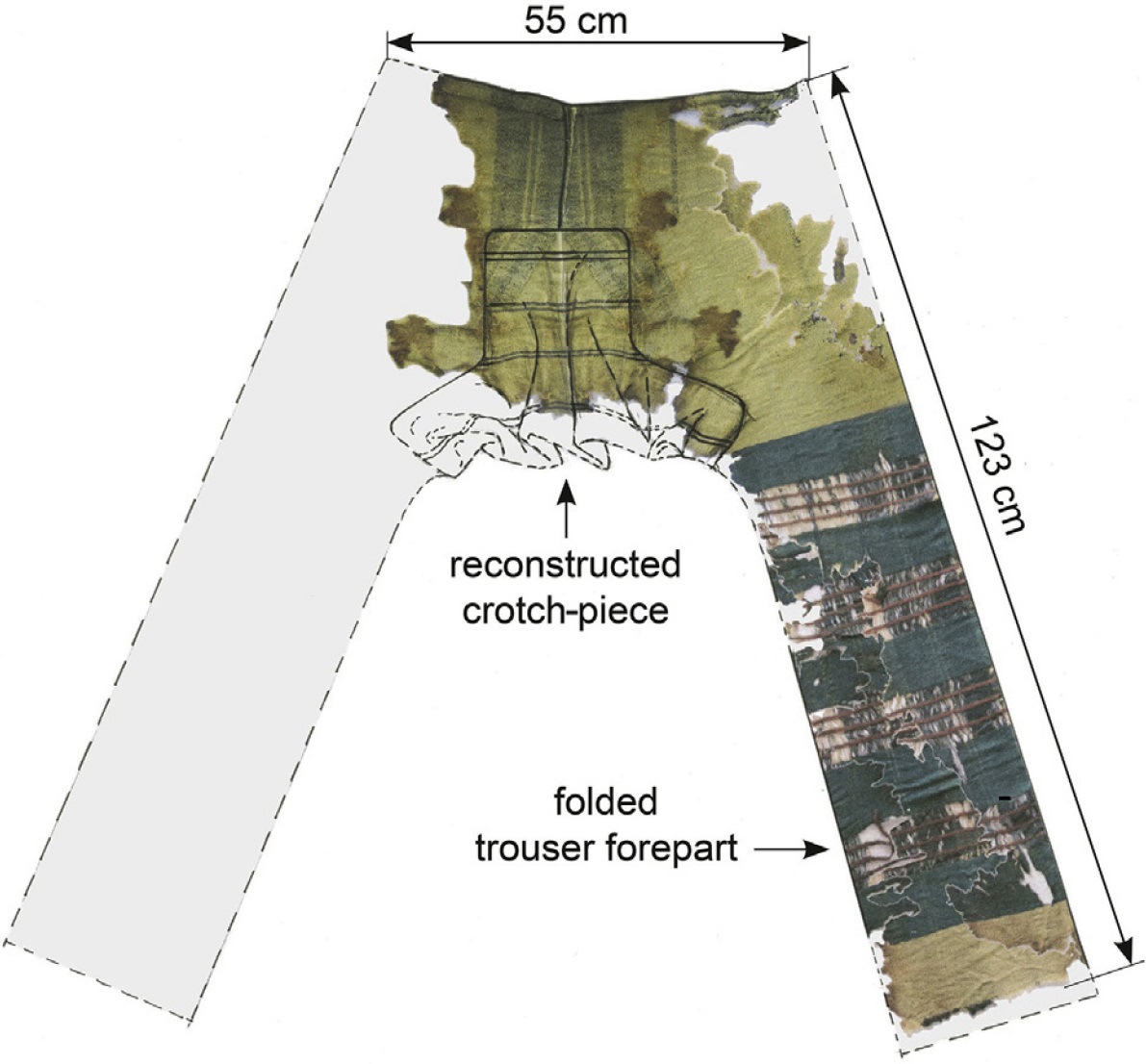
As a history student interested in a career working in a museum, I found this article by the Wall Street Journal. Indeed, an article focused on museums in the Wall Street Journal indicates that the one of the arguments this article makes about the money being poured in the museums by the modern fashion industry; seemingly to same as a marketing scheme. Some museums see the funding as a honest chance to develop new exhibits while others, as one curator put it, as climbing "into bed" with corporations. While it is true, that clothes from every era in history can be education material for that time period...when should the cut off date be for using fashion to educate? Most an artifact be x number of years old before it can be featured in a museum? What would curators against this trend say to a modern fashion company sponsoring an exhibit of their clothes, but the clothes were all a few decades old? Would that be acceptable, since those items are no longer on the market? Or would it still be seen as a marketing ploy? Are the museums that do take up the offer to have an exhibit paid for trying to fight for patrons as much as the company by featuring new, hipper, objects? Or are they as well seeing dollar sings? Just today I saw an ad for the Metropolitan Museums new exhibit on fashion. This made me wonder in a new way, if popular events such as the Met Gala, where the Hollywood stars come and dress in crazy costumes, could also be a marketing scheme. This link will lead to the article and discuss these current issues of historical preservation and modern marketing further: Wall Street Journal Article: http://online.wsj.com/articles/are-museums-selling-out-1402617631
Link to the Met Museum fashion exhibit May - August 2014:http://www.metmuseum.org/exhibitions/listings/2014/charles-james-beyond-fashion










